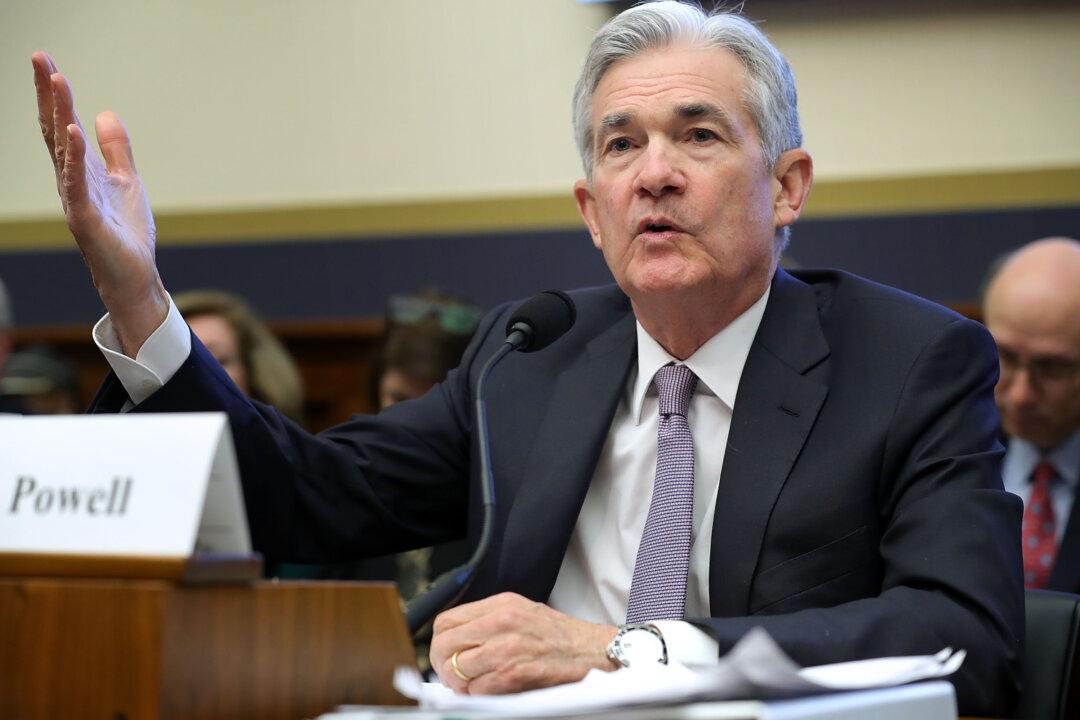Even as the Federal Open Market Committee raised short-term interest rates last week, the Trump administration doubled down on trade rhetoric to gain leverage in the midterm elections. The markets have not reacted well to the bellicose language coming from the White House. But you don’t need to look to trade to understand the difficulties affecting the U.S. banking sector.
One reason why banks are selling off is the prospect of significant layoffs and operating losses in the mortgage sector. Rising costs and tight production spreads have driven the mortgage industry into the red this quarter, with many shops not even meeting minimum production levels to break even. Analyst Rob Chrisman warned in his weekly comment that he expects to see at least one large bank shedding “thousands” of people this summer because of the combination of tight spreads and the over $8,000-per-loan cost of new residential mortgage originations.





